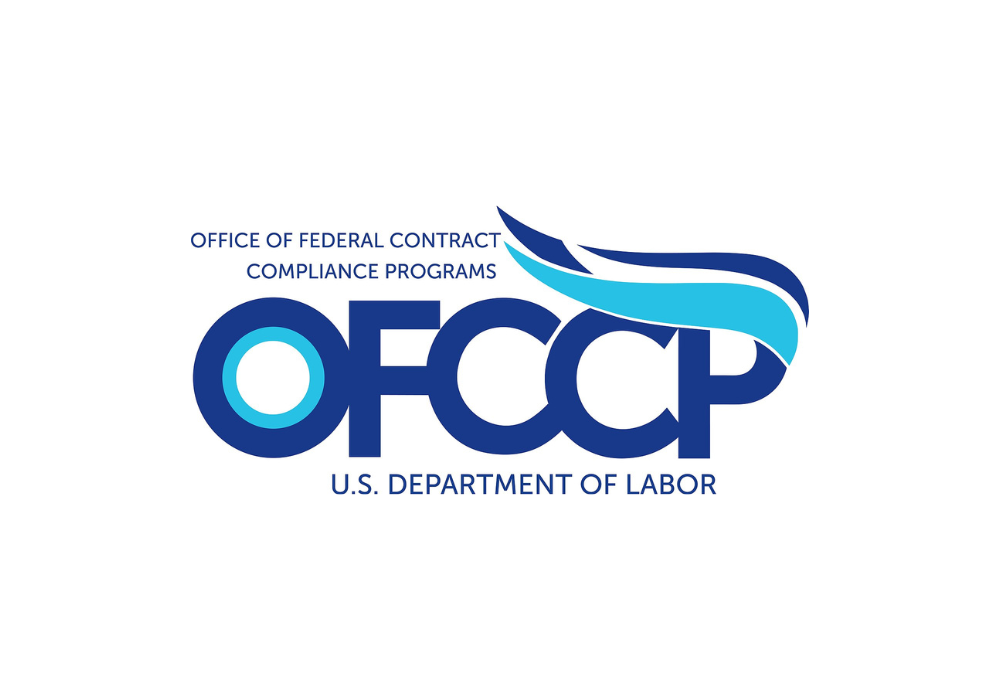We have had a lot of requests and questions lately regarding the BAA. This is unsurprising as the regulations can be very unclear at times and how they are applied. Although we have published several blogs on various topics concerning the BAA, TAA and Build America, Buy America laws and regulations, , in this blog we take a closer look at the BAA calculation fundamentals.
What is Buy American?
“Buy American” is a phrase used to describe domestic content preference, generally applied to direct Federal procurement. The Buy American Act, 41 U.S.C. § 8301–8305, is the primary law addressing domestic content preferences in Federal procurement. It provides a preference for the U.S. Government’s purchase of domestic supplies (or domestic end products) and domestic construction materials.
What is the Trade Agreements Act?
The cousin of the Buy American Act, the Trade Agreements Act, 19 U.S.C. §§ 2501–2581, waives the BAA requirements for U.S. Supplies. “Buy American Act restricts the goods that can be acquired by the federal government,” citing 41 U.S.C. § 8302(a), but “[t]he Trade Agreements Act allows the federal government to waive the Buy American statute,” citing 19 U.S.C. § 2511(a)).” Vectrus Servs. A/S v. United States, 164 Fed. Cl. 693, 790 (2023). While this blog does not explore how the TAA is applied, always read your contract and check with your contracting officer (and counsel) to see if the BAA requirements have been waived by the TAA.
How to apply the BAA calculation?
The BAA states that more than 65% of the cost of all components of a supply, end-product or construction material should be mined, produced, or manufactured in the United States.[1] In other words, the 65% of the total cost of components that goes into the end-product should be either mined, produced or manufactured in the United States.
- Create an Excel spreadsheet to identify the source of each input component. Next, determine which components are sourced from the U.S. and abroad. Calculate the total cost of the U.S. components and compare it to the total cost of all input components. The resulting percentage of U.S. content should be 65% or higher of the total cost of all
- It is important to remember that the rule is based on the total cost of components. Do not include labor or overhead cost.
- Treat iron and steel separately. Iron and steel must be 100% melted and poured in the United States.
Recommendations
While the calculation have to be applied on a case-by-case basis, a rule of thumb is to first identify where your components are being sourced from. When a product consists of different input components, determining the “Country of Origin” (COO) of a product is based on the principle of “substantial transformation.” The substantial transformation test is also the most important part of the TAA regime. However, the principle of substantial transformation is relevant not only to the TAA but also in determining the country of origin (COO) of the various input components that make up an end product. This principle is important for assessing the percentage of U.S. components that are compliant with the Buy American Act (BAA).
“Substantial transformation” occurs when a product undergoes a fundamental change in name, use, or character. In other words, for the final product to be considered “substantially transformed,” the different input components must completely lose their individual identity and instead “become” only the new final product.
As an example, from one of the leading court cases on this topic, fresh fish caught in Japan is “substantially transformed” in Korea when the processing of beheading and gutting fish by thawing, skinning, boning, trimming, freezing, and packaging of the fish takes place in Korea. Because this “substantial transformation” took place in Korea, the fish caught in Japan are no longer considered Japanese products. The proper “Country of Origin” is Korea.
Conclusion
These laws can be complicated and often require expert advice to comply. Centre Law can help contractors understand and comply with the Buy American Act.
If you have any questions or need any additional information, contact the author at [email protected] or the Centre Law attorney with whom you normally work.
[1] 75 % for items delivered starting in calendar year 2029.




